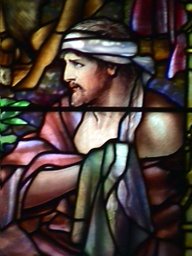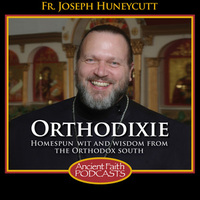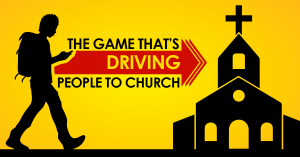 In one model of “the Church,” we saw obedience, boldness, fear, and awesome wonder. Another model involved forgiveness of debt, hypocrisy, and justice. We continue our study on the nature of the Church with one of our Lord’s most famous stories, that of the Good Samaritan, taken from the Gospel according to St Luke.
In one model of “the Church,” we saw obedience, boldness, fear, and awesome wonder. Another model involved forgiveness of debt, hypocrisy, and justice. We continue our study on the nature of the Church with one of our Lord’s most famous stories, that of the Good Samaritan, taken from the Gospel according to St Luke.
Then Jesus answered and said “A certain man went down from Jerusalem to Jericho, and fell among thieves, who stripped him of his clothing, wounded him, and departed, leaving him half dead. Now by chance a certain priest came down that road. And when he saw him, he passed by on the other side. Likewise a Levite, when he saw him, he passed by on the other side. But a certain Samaritan, as he journeyed, came where he was. And when he saw him, he had compassion. So he went to him and bandaged his wounds, pouring on oil and wine; and he set him on his own animal, brought him to an inn, and took care of him. On the next day, when he departed, he took out two denarii, gave them to the innkeeper, and said to him, ‘Take care of him; and whatever more you spend, when I come again, I will repay you’.” [Luke 10:30-35]
Remembering a concise Orthodox definition of Christ’s mission – “Christ came to do two things: Establish a Church & destroy death” – Which do you see involved here?
ANSWER: This is a MODEL for the Church!
No other parable so perfectly represents the sacramental nature of the Church than that of the Good Samaritan. The wounded man represents fallen humanity. The two men who passed by represent the Law and the Prophets. The Good Samaritan is Christ Himself. The pouring on of oil and wine (Unction) symbolizes healing — the cleansing of sins. This leads to the inn; the inn is the Church. The two denerii that Christ leaves symbolize the two dominical Sacraments of Baptism and the Eucharist. It is these Sacraments that shall sustain humanity until Christ’s Second Coming.
In our fourth and final model we’ll look at the Church through the eyes of the assembly and a doubting disciple.










